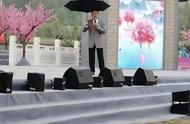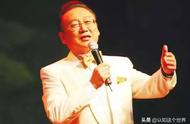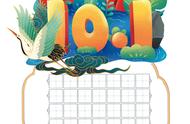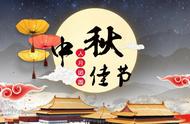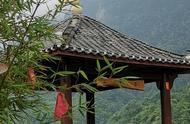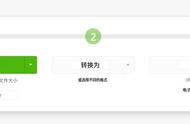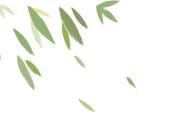中秋节起源
Why Is Mid-Autumn Festival Celebrated and How did it Start?
版本一
Mid-Autumn Festival has a history of over 3,000 years, dating back to moon worship in the Shang Dynasty (1600–1046 BC). It’s such an important festival that many poems were written about it, stories and legends about the festival are widespread, and its origins have been guessed at and explained by generations of Chinese.
中秋节有三千多年历史,可以追溯到商代时对月亮的崇拜。因为中秋节的重要地位,历代诗人都会为中秋节写诗,关于中秋节的故事、传奇在民间广为流传,中秋节的起源也被历代中国人探究。

The term "Mid-Autumn" first appeared in the book Rites of Zhou (《周礼》), written in the Warring States Period (475–221 BC). But the term was only related to time and seasons. People didn't celebrate Mid-Autumn Festival then.
“中秋”一词最早出现在战国时期《周礼》一书中,但是该词只和时间和季节有关,当时还没有中秋节。
In the Tang Dynasty (618–907 AD), it was popular to appreciate the moon. Many poets liked to create poems related to the moon when appreciating it. There is a legend that Emperor Xuanzong of the Tang Dynasty visited the Moon Palace in his dream and heard a wonderful song.
唐代时赏月风靡,诗人在赏月之时佳作连连。据传,唐玄宗曾在梦中去往月宫并听到优美的歌声。
In the Northern Song Dynasty (960–1127 AD), the 15th day of the 8th lunar month was established as the "Mid-Autumn Festival". From then,it became a custom.
北宋时期,农历八月十五才被正式确立为中秋节,从那以后,为月亮献祭盛行,从那以后便成为风俗。
版本二
The festival has a long history. In ancient China, emperors followed the rite of offering sacrifices to the sun in spring and to the moon in autumn. Historical books of the Zhou Dynasty had had the word "Mid-Autumn". Later aristocrats and literary figures helped expand the ceremony to common people. They enjoyed the full, bright moon offered sacrifices to the moon, expressed their feelings and thoughts under the bright moon. All of these celebrations were held by the common people which became a traditional ceremony. Unitl the Tang Dynasty the custom of offering sacrifices to the moon was more important and the Mid-Autumn Festival was fixed.
中秋节有悠久的历史,和其他传统节日一样,也是慢慢发展形成的,古代帝王有春天祭日,秋天祭月的礼制,早在周朝的史书中,已有“中秋”一词的记载。后来贵族和文人学士也仿效起来,在中秋时节,对着天上又亮又圆一轮皓月,观赏祭拜,寄托情怀,这种习俗就这样传到民间,形成一个传统的活动,一直到了唐代,这种祭月的风俗更为人们重视,中秋节才成为固定的节日。

The Mid-Autumn Festival probably began as a harvest festival. The festival was later given a mythological flavour with legends of Chang-E, the beautiful lady in the moon.
中秋节最早可能是一个庆祝丰收的节日。后来,月宫里美丽的仙女嫦娥的神话故事赋予了它神话色彩。

中秋节
还有哪些习俗呢?
赏月
admire the full moon /watch the full moon to celebrate the festival
碧空如洗,圆月如盘。人们在尽情赏月之际,会情不自禁地想念远游在外、客居异乡的亲人。
中国人历来把家人团圆、亲友团聚,共享天伦之乐看得极其珍贵,历来有“花好月圆人团聚”之谓。
点灯笼
light lanterns
中秋之夜,天清如水,月明如镜,可谓良辰之美景,然而对此人们并未满足,于是便有燃灯以助月色的风俗。
玩花灯
play with lanterns / scaldfish
中秋玩花灯主要是在家庭、儿童之间进行的,多集中在南方。
祭月
offering sacrifices to the moon
中秋祭月仪式是一种古老的祭祀礼仪,表达人们祈求月神降福人间的一种美好心愿。
希望我的分享能帮大家的中秋节教学打开一些新思路,同时减轻备课的压力。
中秋节主题资源:关于中秋节的英语干货(课件 动画 绘本 手工等)都在这里了


